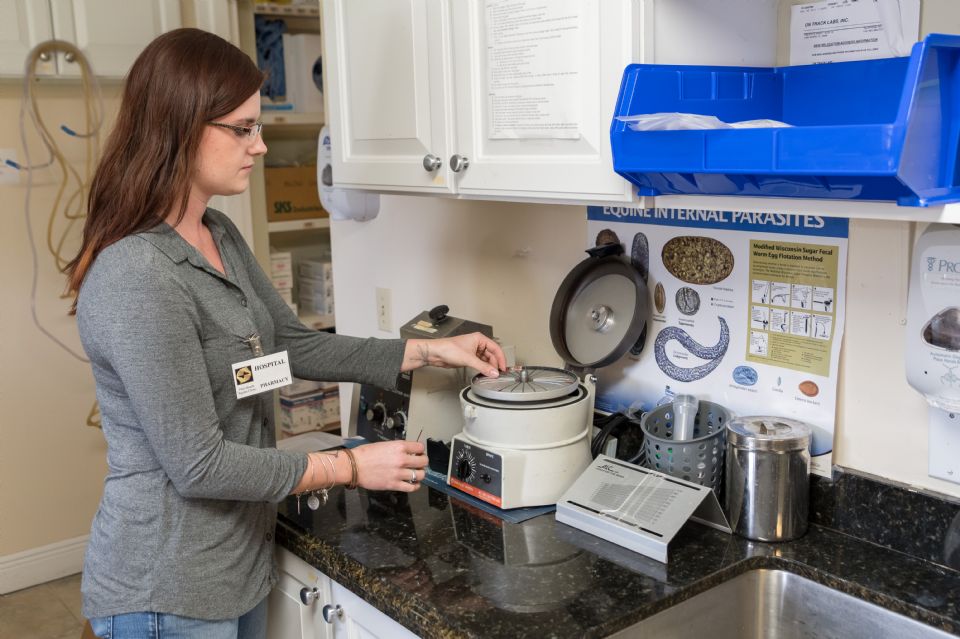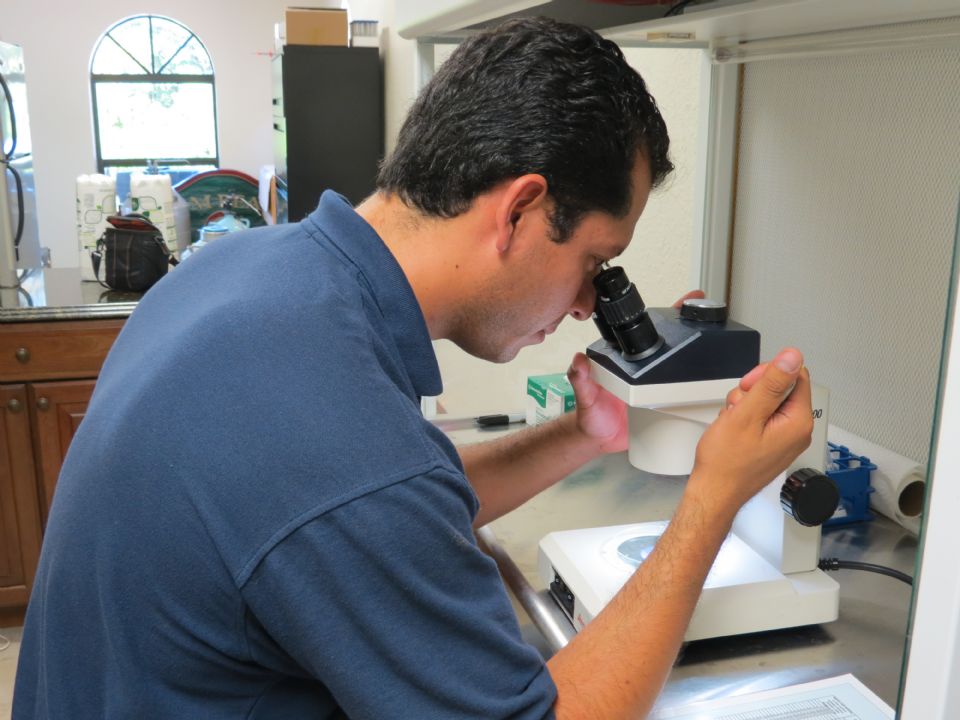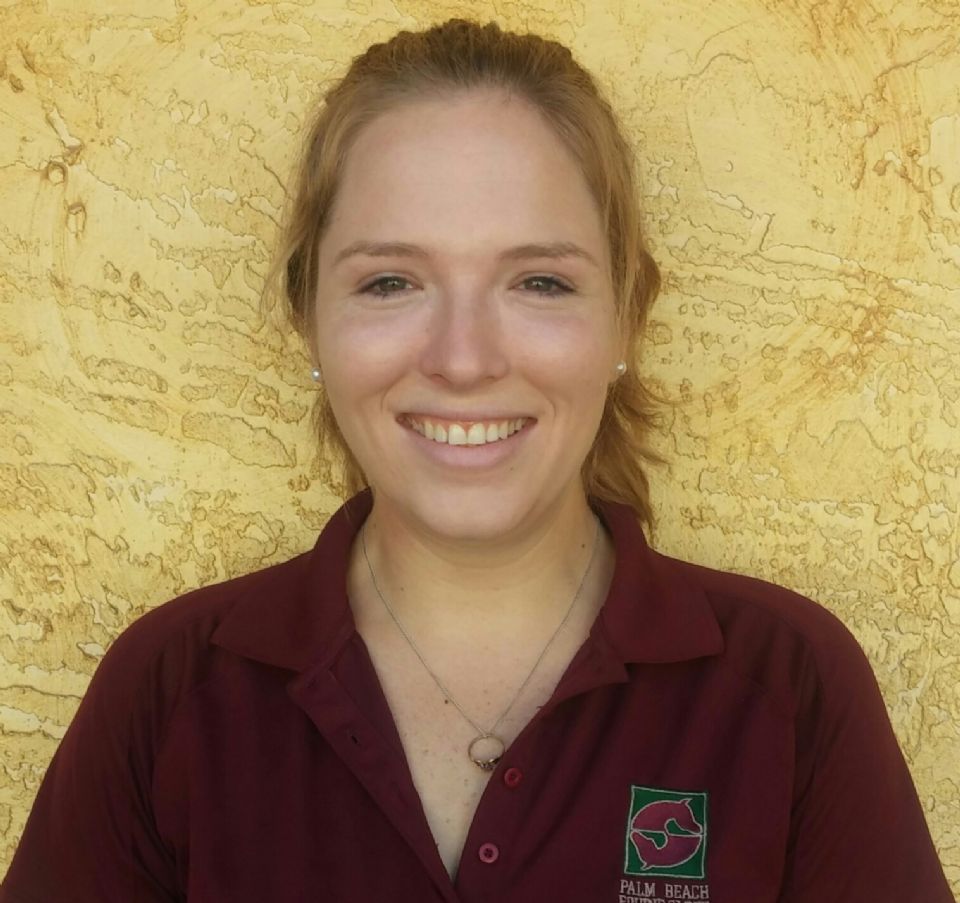Palm Beach Equine Clinic Offers Advanced Laboratory Facilities to South Florida and Beyond
March 8, 2017 - Wellington, FL
Photo by Mancini Photos
Photo by Mancini Photos
Photo by Jump Media
Photo courtesy of Palm Beach Equine Clinic
Photo by Jump Media
Photo courtesy of Palm Beach Equine Clinic
Palm Beach Equine Clinic (PBEC), based in Wellington, FL, boasts one of the most advanced laboratory facilities in the country with onsite equipment capable of performing internal hematology, chemistry, and microbiology testing, as well as many regenerative therapies. The facilities provide a plethora of services that are not only useful to PBEC veterinarians, but also the many veterinarians who visit South Florida during the winter show jumping, dressage, and polo seasons.
Functions of the PBEC Lab
Coupled with technologically advanced imaging services, state-of-the-art surgical capabilities, and care from renowned veterinarians, PBEC takes pride in their onsite laboratory, which offers vital services to a range of clients providing rapid results.
Most commonly used, hematology is the study of blood, its chemistry, and components. A complete blood count or CBC determines the number and type of white and red blood cells circulating through the bloodstream. This can be quickly and easily performed in PBEC’s onsite laboratory. Changes in these blood cells can indicate inflammation, infection, or disease. Quick diagnosis leads to more proactive and efficient treatment plans.
A clinical chemistry is the study of the chemical composition of a sample. Typically, the liquid portion of blood (either serum or plasma) is used for testing components such as electrolytes, kidney enzymes, and muscle enzymes. The serum or plasma is evaluated to determine the efficiency and health of specific organs.
Finally, microbiology is the study of small organisms such as bacteria, viruses, fungi, and other single-celled life forms. Hundreds of microbiology tests can be performed at PBEC to look for signs of infection. The cultures are used to identify a specific bacteria or fungus present and sensitivity tests are used to determine which treatment, such as an antibiotic, will most effectively treat the infection.
For PBEC veterinarian Dr. Samantha Miles, having an on-site laboratory with many different services enables her to provide faster and more affordable results to her clients and the horses in her care.
“We tend to get results so much faster in our own lab,” said Dr. Miles. “Also, an in-house culture is much less expensive than sending the sample away. It takes 24 hours to run a culture and 24 hours after that for the sensitivity. So usually it takes 48 hours to get a full culture and sensitivity, whereas to send that away you’re looking at least at 72 hours minimum and sometimes it’s a couple days longer than that.”
While laboratory technologies are common in determining a diagnosis and identifying different infections and viruses; they can also be used to more effectively and quickly treat common equine problems such as colic.
“There has been a lot of research lately comparing blood lactate to the abdominal fluid lactate, and the difference being a good indicator of whether a colic is surgical versus medically managed,” said Dr. Miles. “Sometimes it’s obvious, but not always so it is really helpful to have that capability. What we do is test a blood lactate sample using a lactometer, which takes about a minute. If a horse is dehydrated and has a higher lactate in the abdomen, we will rehydrate the horse and take it again. If the lactate value doesn’t decrease after rehydration we have a good indication that it is a real number and there is a surgical problem.”
Regenerative Therapies
According to Dr. Miles, some of the most impressive functions of the PBEC laboratory include its regenerative therapy capabilities, such as stem cells, PRP (platelet rich plasma) and IRAP treatments. These can be applied to previously difficult to manage joint diseases and injuries using natural-occurring proteins, cells, and other natural processes originated from within the body of the horse. Essentially, these treatments use the horse’s own biological mechanisms to stimulate healing without the use of steroids or other drugs.
Stem cells are commonly derived from bone marrow which are cultured and multiplied into millions of stem cells. The cultured stem cells are injected into the affected tendon, ligament, or joint to encourage healing. PRP is another byproduct that is internally sourced from blood platelets in a matter of minutes. The platelets are combined with numerous growth factors that are released upon activation and can enhance healthy inflammatory cells in areas of tissue injury, form new blood vessels, new connective tissue, and aid in the regeneration of skin when injected.
IRAP, stands for Interleukin-1 Receptor Antagonist Protein, is used to treat equine athletes that are susceptible to musculoskeletal injuries and osteoarthritis or degenerative joint disease. Joint trauma results in the release of inflammatory mediators such as Interleukin-1 (IL-1). IRAP uses a horse’s own anti-inflammatory protein found within the blood to counteract the destructive effects of IL-1 to slow the process of osteoarthritis. The process works by binding to the IL-1 receptors in the joint and blocking the continuation of damage and inflammation.
“We often see joint damage in sport horses because of the nature of their work, but we try to avoid overuse of steroids in joints because steroids can have long term effects on cartilage,” said Dr. Miles. “This is a way we can manage joint disease and stop inflammation without having to consistently use steroids every time. Some of our clients will maintain their horses on IRAP alone for joint injections.”
Most recently, PBEC has added a Pro-Stride machine, which is a new up and coming treatment that combines PRP and IRAP treatments, but provides faster results.
Pro-Stride will reduce pain associated with arthritis and deliver anti-inflammatory proteins capable of slowing cartilage damage and improving mobility through the Interleukin-1 Receptor Antagonist Protein. The process can provide pain relief for up to one year following a single injection, which includes 20 minutes of blood processing in the PBEC laboratory with no incubation period.
“I believe we are learning more about these technologies with more advanced science behind what they do and how they do it, “ said Dr. Miles. “These treatments are natural, drug free, competition safe and necessity drives the need for regenerative therapies in the sport horse world.
“It’s all these new regenerative therapies that I think make our lab more state-of-the-art,” continued Dr. Miles. “They set us apart and are also tools that referring vets can make use of. The bottom line is that we have the ability to get horses back significantly faster after injury by using these therapies.”
An Expert Team
The laboratory at PBEC offers 24-hour service with quick and efficient processing of blood work and test results. While veterinarians, or interns under the supervision of a veterinarian, are involved in a lot of the laboratory processing, the PBEC laboratory is also staffed by 24-hour technicians who run blood work at any time day or night. As a result, test results are returned to veterinarians and subsequently horse owners even faster.
“We are lucky enough to have access to the technologies found in the PBEC lab and work with people who have the experience, knowledge, and training to run such an advanced facility,” said Dr. Miles. “We always look forward to welcoming new and returning referring vets to the equipment, technology, and innovation that we have available at PBEC. We take pride in our symbiotic relationship with veterinarians visiting Florida from around the country and the world.”
More About Dr. Samantha Miles
Dr. Samantha Miles is originally from Toronto, Ontario, Canada. She moved to Kansas as a child and completed her undergraduate studies at Kansas State University. In 2015, she graduated from the University of Edinburgh School of Veterinary Studies in Edinburgh, Scotland. She is now a member of the Royal College of Veterinary Surgeons.
Her main interests within veterinary medicine are diagnostic imaging, lameness, rehabilitation, and alternative therapies. Outside of the clinic, she enjoys running, hiking, and travel.
Palm Beach Equine Clinic provides experience, knowledge, availability, and the very best care for its clients. Make Palm Beach Equine Clinic a part of your team! To find out more, please visit www.equineclinic.com or call 561-793-1599.








